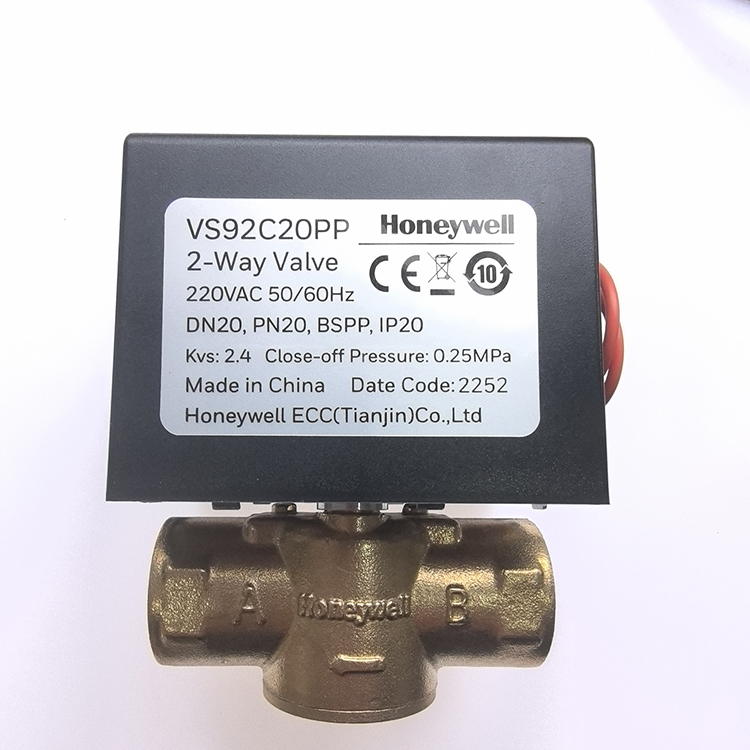1. Precise Temperature Control
LCD thermostats offer accurate temperature readings and precise control over heating and cooling systems. Unlike traditional mechanical thermostats, which may have broader temperature fluctuations, LCD thermostats can maintain a consistent and accurate temperature. This precision reduces the likelihood of the system running excessively or inefficiently, as it minimizes temperature overshoot and undershoot.
By maintaining the desired temperature with minimal deviation, LCD thermostats prevent unnecessary heating or cooling cycles. This optimization of the HVAC system’s operation helps in reducing energy consumption and ensures that the system only runs when needed.
2. Programmable Scheduling
Many LCD thermostats come with programmable scheduling features, allowing users to set different temperature settings for different times of the day or week. For example, users can program the thermostat to lower the temperature when they are away from home or to raise it before they return.
This ability to create schedules that match occupancy patterns ensures that the heating or cooling system is not running continuously when it’s not necessary. By aligning the system’s operation with actual usage, programmable LCD thermostats reduce energy waste and lower utility bills.
3. Adaptive Learning
Some advanced LCD thermostats feature adaptive learning capabilities, which enable them to learn from users’ preferences and daily routines. Over time, these thermostats adjust their settings based on historical data and usage patterns to optimize energy consumption.
For instance, an adaptive learning thermostat might learn that the home is typically empty during certain hours and adjust the temperature accordingly. By predicting and adapting to the user’s behavior, these thermostats improve overall energy efficiency and reduce the need for manual adjustments.
4. Remote Access and Control
LCD thermostats with remote access features allow users to control their heating and cooling systems from anywhere using smartphones, tablets, or computers. This remote capability enables users to adjust settings or turn off the system if they forget to do so before leaving home.
Being able to make adjustments remotely helps prevent unnecessary energy use by allowing users to react to changes in their schedule or unexpected situations. For example, if users realize they are staying away longer than planned, they can remotely adjust the thermostat to save energy.
5. Energy Usage Reports
Many LCD thermostats offer energy usage reports that provide insights into how much energy is being used over time. These reports can highlight patterns and trends, such as peak usage times or areas where energy consumption could be reduced.
By analyzing these reports, users can make informed decisions about adjusting their heating or cooling schedules and settings to improve energy efficiency. For instance, if the reports indicate high energy usage during certain times, users can adjust the thermostat settings to better align with their needs and reduce unnecessary consumption.
6. Integration with Home Automation Systems
LCD thermostats that integrate with home automation systems can work in conjunction with other smart devices to optimize energy usage. For example, they can be programmed to adjust the temperature based on information from motion sensors, weather forecasts, or occupancy sensors.
Integration with home automation systems allows for more dynamic and responsive temperature control. This coordination ensures that the HVAC system operates efficiently, reducing energy consumption while maintaining comfort.
7. User-Friendly Interface
The intuitive and user-friendly interface of LCD thermostats makes it easier for users to set and adjust temperature schedules, view energy usage data, and understand system performance. A clear and accessible display allows users to make precise adjustments and utilize advanced features effectively.
With a user-friendly interface, users are more likely to take full advantage of the thermostat’s programmable and energy-saving features. This ease of use helps ensure that the system is configured optimally, which in turn enhances energy efficiency.


 English
English 中文简体
中文简体


.jpg)





 +0086-18067425071(Wechat)
+0086-18067425071(Wechat) +0086-574-62803230
+0086-574-62803230 Duoye0413@outlook.com
Duoye0413@outlook.com
